How to get rid of condensation on the ceiling of the cellar?
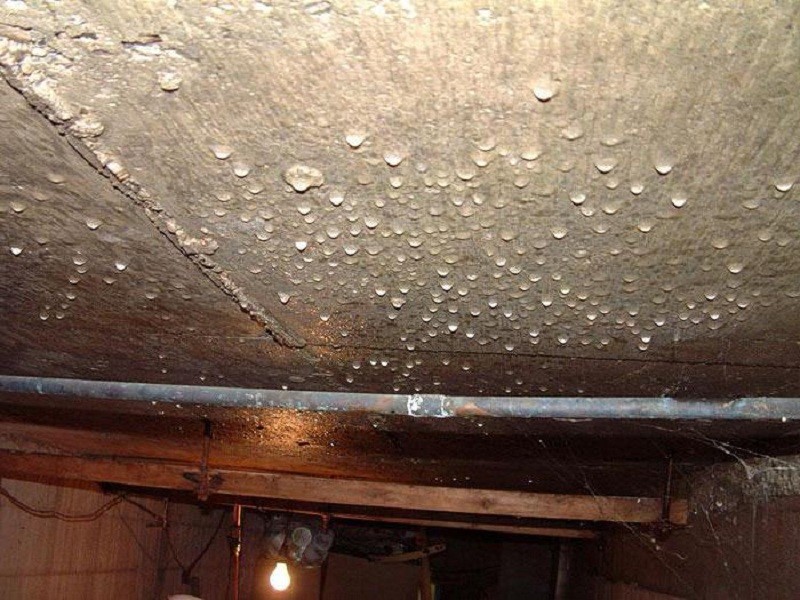
The main reason for dropping is the increased humidity in the back room. Most often, the drops on the surfaces settle in the winter after a strong decrease in the temperature of the air masses outside. As a result, mold forms in the cellar, and stored products quickly become unusable. To eliminate high humidity, you need to find the cause of its appearance.
Causes of condensate
In the cellar and basement rooms, increased dampness with the settling of droplets on surfaces occurs in summer or in winter. In the offseason, this problem does not happen. This phenomenon can be explained by the difference in temperature and the laws of physics. From the contact of warm air and cold walls, moisture condenses on a solid surface with drops.
With rare and slight condensation, there is no need to look for the cause and get rid of it. In a short time, the moisture will dry on its own. If the walls and the ceiling in the cellar all the time wet, you need to quickly get rid of the excess moisture. Otherwise, soon all surfaces will be covered with mold, and the products will rot.
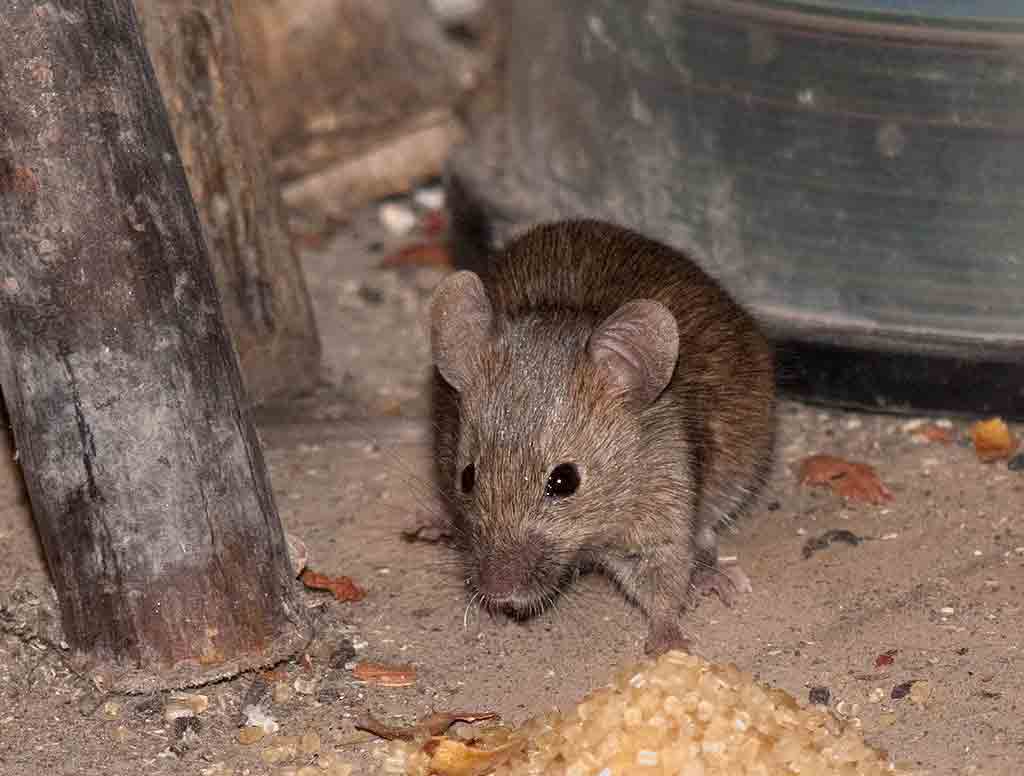
The main causes of high humidity in the cellar are:
- The proximity of groundwater in combination with poor waterproofing or lack thereof. Then the moisture passes through the open areas and destroys the basement.
- The destruction of the basement in a small house for natural reasons. Through the cracks formed in the structure, water seeps into the basement and condensate falls out.
- Poor thermal insulation causes condensation in the winter when the cellar ceiling freezes.
- Lack of ventilation leads to stagnation of air. Moisture contained in air masses settles on any surface.
How to organize ventilation
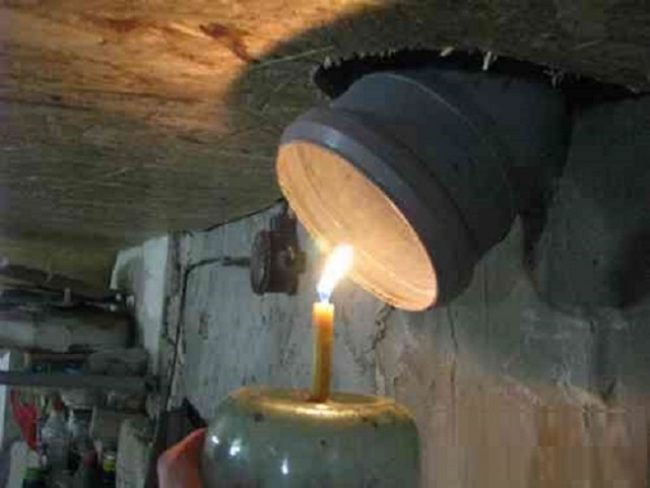
Without constant air circulation in the back room it is always damp. Therefore, it is necessary to begin work on draining the basement with the arrangement of ventilation. It is divided into natural and compulsory.
In any cellar in the upper ceiling there is a pipe for natural air circulation. It lay even during construction. The diameter of the pipe depends on the size of the utility room. In the winter months, the heated air through it comes out. This restores the balance of temperatures and prevents condensate from settling on the walls of the structure. In the summer, such a natural movement of air is impossible, since the temperature is higher outside.
To remedy the situation, do ventilation with two pipes. One of them will let in air from the street, and the second will bring air masses out. The supply pipe is placed in the corner of the basement so that the distance between its lower end and the floor is 40 cm. The second pipe for removing the air masses is installed in the opposite corner or in the center of the room. It should be as high as possible.
In order for the ventilation to work more efficiently, a fan is installed on the inlet pipe. It is included if the same air temperature is established in the basement and outside.
Waterproofing
If, after arranging the ventilation, the dampness in the utility room is preserved, check the waterproofing and, if necessary, improve it. It is more convenient to carry out waterproofing work at the stage of building a basement. For this, all surfaces are coated with deep penetration impregnation. It forms a protective elastic layer that prevents moisture from penetrating inside.
If the cellar is located under a private house, then make waterproofing of the outer walls. To do this, dig up the foundation and cover it with bitumen mastic with a sticker of polymeric materials. It is best to do waterproofing of several layers of roofing material, fastening them together with mastic. To do this, heat the sheet with a blowtorch and apply it to the basement wall, and then coat with mastic. When the waterproofing is dry, drainage is performed and the excavated foundation is covered with soil.
Cellar insulation
To prevent freezing of the walls and ceiling, sheets of extruded polystyrene foam are used as insulation. This material is not afraid of moisture and has good thermal insulation properties. Instead, the material can be used conventional foam.
Before pasting, all walls are treated with antiseptic impregnation to prevent the spread of mold. After that carry out waterproofing work. For a sticker of a heat-insulating layer are accepted only after the walls dry out:
- Using a notched trowel, glue is applied to a piece of XPS and spread out with a thin layer.
- Apply it to the warmed design. For better grip fix dowel.
- When all the sheets will be fixed, tighten the reinforcing mesh.
- Coat the construction with glue.
- When the surface is dry, paint it.
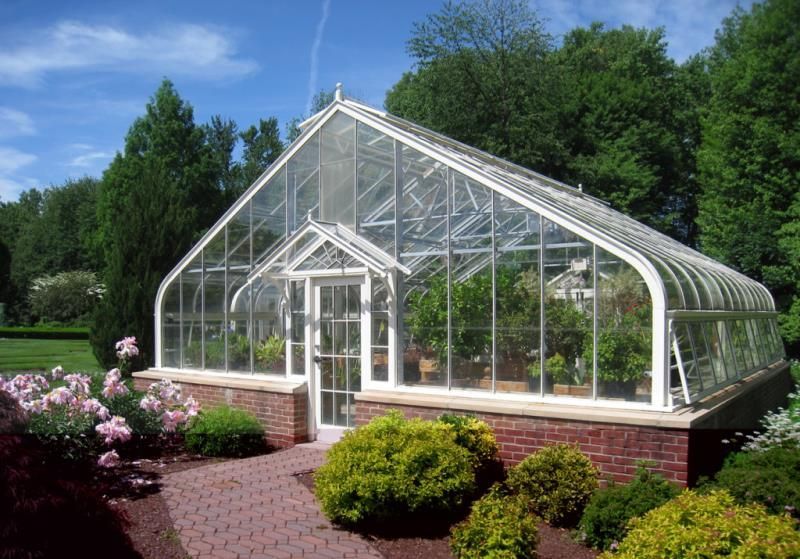
Another option for insulation is the application of a layer of polyurethane foam. In this case, no prior waterproofing of the cellar. Enough to soak the walls with antiseptic impregnation. For the application of polyurethane foam need special equipment. With him the room is warmed from the inside, causing an even layer at one time. As a result, a dense seamless coating is formed. Polyurethane foam does not emit toxic fumes, and therefore does not pose a danger to products in the cellar. Such material does not rot and does not collapse. It can be plastered on top or painted.
The cellar in the building can be insulated from above. For this purpose, mineral wool is laid under the ceiling in the ceiling. On both sides, to prevent the ingress of moisture, vapor barrier is being laid.
A separate cellar for insulation is covered with a thick coupler. To do this, stack the top of the foam or sheets EPS. Then put a thin polyethylene for waterproofing. Attach a reinforcing mesh to it and pour the entire surface with a thick layer of cement mortar.
With this method of insulation, the height of the ceilings in the room above the cellar is reduced by 15 cm.
How to dry the cellar folk ways

Perform work on the protection from moisture and insulation of the utility room is possible only in summer. Prior to this it is recommended to drain the cellar in other ways. Before this, all products are taken out of the room, racks are dismantled, and they are freed from other items.
If it is possible to connect electricity, a heater is installed in the center of the cellar and the room is dried with hot air. The same effect can be achieved if you put there a roaster or a stove-stove. After draining, whitewash is applied to the walls and ceiling.
Another way to get rid of high humidity is to scatter quicklime on the floor with a layer of small thickness. This material attracts moisture and at the same time eliminates the fungus. Then lime swept away and disposed of. Lime releases toxic fumes from contact with water.Therefore, at the time of processing in the room should not be anyone.
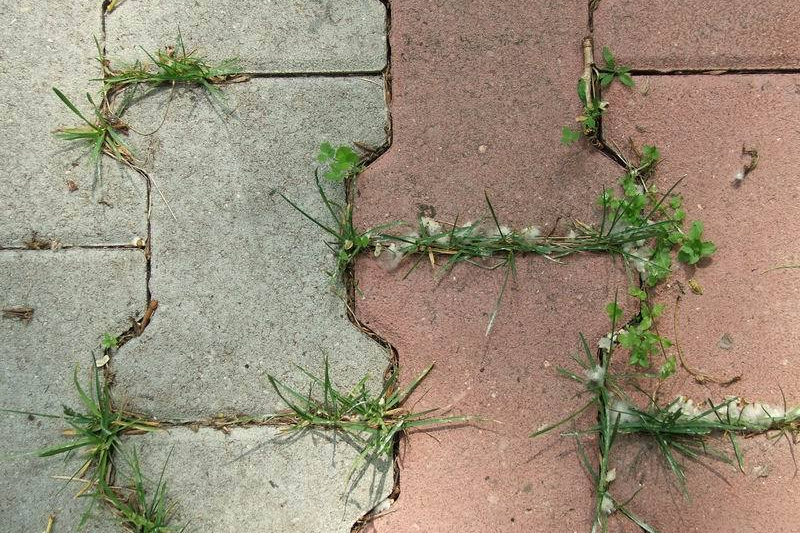
Finally
To save yourself from the problem of high humidity in the cellar, you need to take care of good ventilation, waterproofing and insulation of the room during the construction of the facility. Then in the back room will always be dry.





